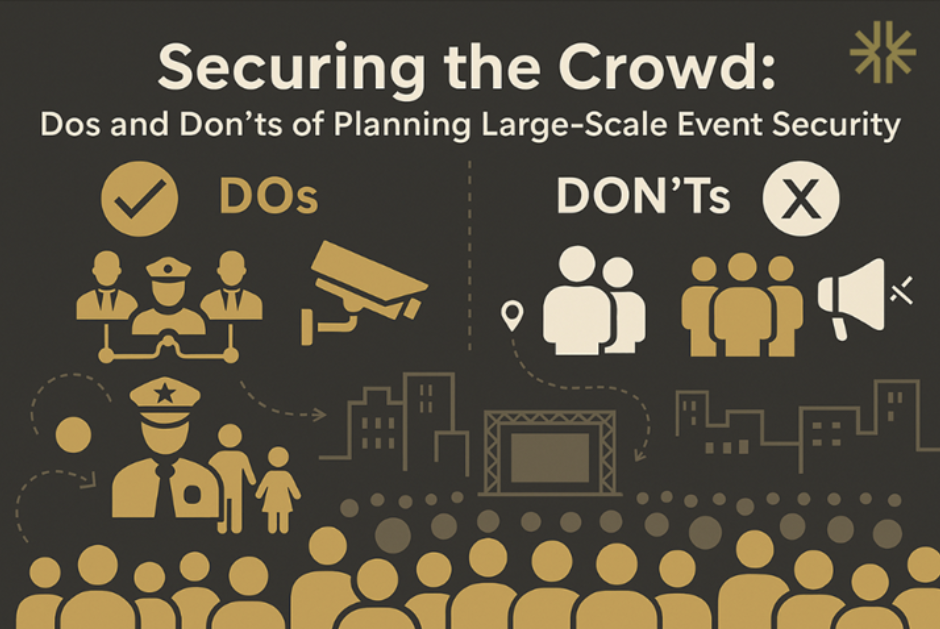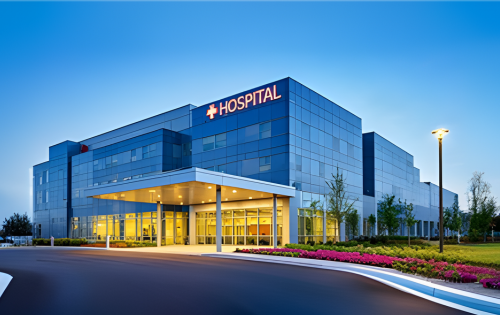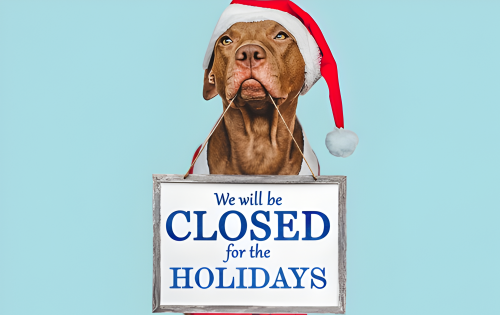
Securing the Crowd: Dos and Don’ts of Planning Large-Scale Event Security
Large-scale events — festivals, parades, conferences, concerts, and community gatherings — draw massive crowds and create complex movement patterns. With that comes heightened responsibility. Effective security planning is not just about preventing incidents; it’s about creating an environment where people feel safe, can move freely, and can enjoy the experience without disruption.
Strong event security is built on preparedness, coordination, and the smart use of technology. Whether an event spans a single city block or an entire downtown district, these dos and don’ts are essential for ensuring public safety and operational success.
THE DOs
Do coordinate early and across multiple agencies
Bringing together local law enforcement, private security teams, EMS, traffic control, and event staff early ensures everyone understands roles, communication channels, and response plans. The earlier the collaboration begins, the smoother the execution will be.
Do use technology to expand situational awareness
The use of temporary and permanent surveillance will allow for all points of an event to be covered as well as to use analytics if looking for a specific object, vehicle, or person by description (male, red shirt, etc.).
- Mobile video surveillance will allow you to get camera views in places that are traditionally unavailable due to installation restrictions.
- Access control logging will allow you to keep track of who is there, monitor for anyone banned from an event and monitor to capacity.
- Real time dashboards allow for an easy view for the security team and to share data from different mediums such as cameras, drones, cell phones, etc. and to allow for the analytics of your video surveillance system to notify the security team of people and areas of concern.
- Weapons detection will help you detect anyone trying to bring in a gun or other large weapon which greatly reduces the opportunity for injury, especially mass casualty.
- Finally, the security drone can be programmed to fly specific routes repeatedly to monitor activity and show video of areas where negative occurrences could happen.
Technology should act as an extension of trained personnel, not a replacement.
Do create a layered safety presence
Security should be both visible and discreet. Uniformed officers, lighting, fencing, and screening areas provide visible deterrence. Behind the scenes, coordinated camera monitoring, plainclothes personnel, and rapid-response units strengthen the protective foundation.
Do account for vulnerable and family-oriented groups
If the event expects children, seniors, or individuals with disabilities, plan accordingly. Clear signage, stroller-friendly routes, easy access to first aid, well-marked exits, and dedicated help points improve both safety and user experience.
Do conduct an after-action analysis
Every major event should include a structured review. What worked well? What bottlenecks occurred? How effective were communication channels? These insights help refine future planning and strengthen overall resilience.
THE DON’Ts
Don’t wait until the last minute to build the security plan
Security cannot be bolted on. Last-minute planning leads to gaps, unclear responsibilities, and avoidable risks. Security must be integrated from the earliest stages of event design.
Don’t wait too long to practice your plan
Once you have a plan in place to protect guests and employees at an event, it is important to practice the plan multiple times. By doing multiple practices, you can analyze the results and look for any areas of improvement to your plan prior to the event This will maximize the opportunity for a safe event that is harm free.
Don’t ignore crowd-flow pressure points
Incidents often occur in transitional or overlooked zones — entrances, vendor areas, intersections between attractions, restrooms, and exit paths. Mapping these areas and planning for peak flow times is essential.
Don’t rely on standalone systems that don’t talk to each other
Fragmented surveillance or communication systems create blind spots. Unified dashboards, shared radio channels, and integrated monitoring systems ensure teams maintain real-time situational awareness.
Don’t assume visible deterrence is enough
A strong visual security presence is helpful, but it doesn’t replace a practiced response plan. Teams should be prepared for medical emergencies, lost children, missing persons, environmental hazards, or technology failures.
Don’t leave attendees uninformed
Guests need clarity: where to enter, how to exit, where to find help, what to expect. Poor communication leads to confusion, congestion, and stress. Effective signage, maps, staff presence, and announcements create a safer, smoother environment.
Large-scale events succeed when safety is built with intention. A thoughtful mix of planning, technology, communication, and collaboration creates an environment where attendees can focus on what they came for — celebration, community, and connection.
A secure event doesn’t happen by accident; it happens by design.



